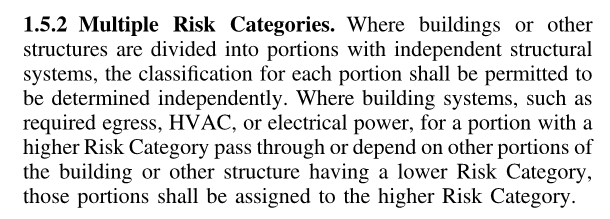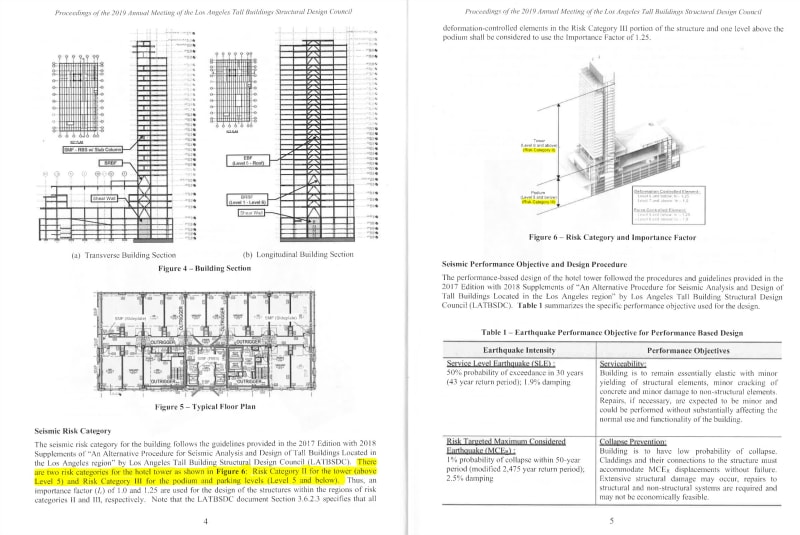-
1
- #1
ggcdn
Structural
- Dec 14, 2013
- 142
Does anyone know of any examples or references that describe buildings with dual risk categories?
We are doing a performance-based seismic design in California, and would like to propose splitting the project into two risk categories because of the different usage and structural configuration (typical residential tower above, larger office podium below).
I know of one case where this has been done for multiple towers landing on a common podium structure. Any other references or past precedent would help our case.
Thanks,
We are doing a performance-based seismic design in California, and would like to propose splitting the project into two risk categories because of the different usage and structural configuration (typical residential tower above, larger office podium below).
I know of one case where this has been done for multiple towers landing on a common podium structure. Any other references or past precedent would help our case.
Thanks,


